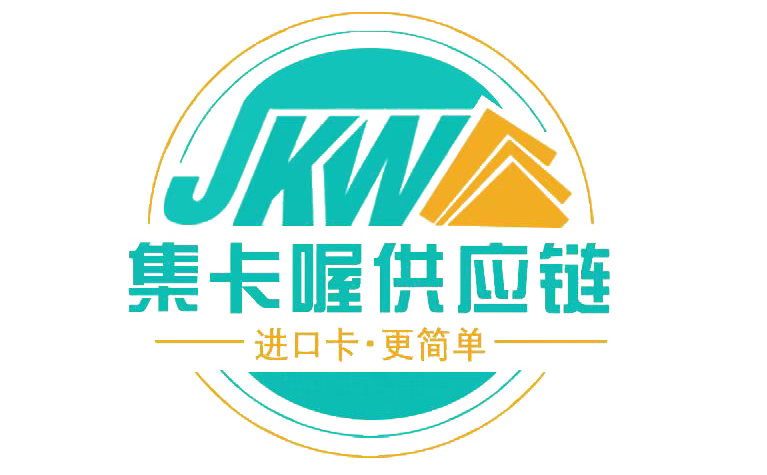Pokémon[a][b] is a Japanese media franchise consisting of video games, animated series and films, a trading card game, and other related media. The franchise takes place in a shared universe in which humans co-exist with creatures known as Pokémon, a large variety of species endowed with special powers. The franchise’s primary target audience is children aged 5 to 12,[3] but it is known to attract people of all ages.[I] Pokémon is estimated to be the world’s highest-grossing media franchise and is one of the best-selling video game franchises.
The franchise originated as a pair of role-playing games developed by Game Freak, from an original concept by its founder, Satoshi Tajiri. Released on the Game Boy on 27 February 1996, the games became sleeper hits and were followed by manga series, a trading card game, and anime series and films. From 1998 to 2000, Pokémon was exported to the rest of the world, creating an unprecedented global phenomenon dubbed “Pokémania”. By 2002, the craze had ended, after which Pokémon became a fixture in popular culture, with new products releasing to this day. In the summer of 2016, the franchise spawned a second craze with the release of Pokémon Go, an augmented reality game developed by Niantic.
Pokémon has an uncommon ownership structure.[12] Unlike most IPs, which are owned by one company, Pokémon is jointly owned by three: Nintendo, Game Freak, and Creatures.[2] Game Freak develops the core series role-playing games, which are published by Nintendo exclusively for their consoles, while Creatures manages the trading card game and related merchandise, occasionally developing spin-off titles. The three companies established the Pokémon Company (TPC) in 1998 to manage the Pokémon property within Asia. The Pokémon anime series and films are co-owned by Shogakukan. Since 2009, the Pokémon Company International (TPCi), a subsidiary of TPC, has managed the franchise in all regions outside Asia.[13][14]
Name
The original full name of the franchise is Pocket Monsters (ポケットモンスター, Poketto Monsutā), which has been commonly abbreviated to Pokemon (ポケモン) since its launch. When the franchise was released internationally, the short form of the title was used, with an acute accent (´) over the e to aid in pronunciation.[15] As a Japanese word composed of English loanwords, the word Pokémon is an example of a wasei-eigo.[16]: 30
Pokémon refers to both the franchise itself and the creatures within its fictional universe. As a noun, it is identical in both the singular and plural, as is every individual species name;[17] it is grammatically correct to say “one Pokémon” and “many Pokémon”, as well as “one Pikachu” and “many Pikachu”.[18]
The original full name of the franchise is Pocket Monsters (ポケットモンスター, Poketto Monsutā), which has been commonly abbreviated to Pokemon (ポケモン) since its launch. When the franchise was released internationally, the short form of the title was used, with an acute accent (´) over the e to aid in pronunciation.[15] As a Japanese word composed of English loanwords, the word Pokémon is an example of a wasei-eigo.[16]: 30
Pokémon refers to both the franchise itself and the creatures within its fictional universe. As a noun, it is identical in both the singular and plural, as is every individual species name;[17] it is grammatically correct to say “one Pokémon” and “many Pokémon”, as well as “one Pikachu” and “many Pikachu”.[18]
History
Origins
The main idea behind Pokémon was conceived by Satoshi Tajiri. Tajiri was born on 28 August 1965,[36] and grew up in Machida, a suburb of Tokyo.[37] As a child, he enjoyed discovering and catching insects and other small creatures in the various ponds and fields that surrounded his town.[38][39] During Japan’s economic miracle, many cities, including Machida, were significantly expanded. As a consequence, Machida’s nature was largely destroyed. In his second year of junior high school,[40][41] an arcade hall opened in Tajiri’s neighborhood, introducing him to video games. While studying electrical engineering at Tokyo College of Technology [ja], Tajiri began publishing a doujinshi magazine titled Game Freak. The title was inspired by the 1932 film Freaks, which Tajiri was fascinated with at the time.[42] He self-published the first issue of the magazine in March 1983, at the age of 17.[43][44] At the time, magazines specializing in video games did not yet exist in Japan, allowing Game Freak to fill a gap in the market.[45][46] Sometime later, Tajiri was contacted by aspiring manga artist Ken Sugimori, who became Game Freak’s illustrator.[47] Game Freak folded in the late 1980s,[43] by which point Tajiri had become a respected game journalist in Japan’s fledgling video game industry.[48]
Tajiri’s knowledge of video games brought him into contact with Tsunekazu Ishihara. Ishihara had studied Arts and Science at Tsukuba University, and was trained in CGI. After working in advertising for two years, Ishihara joined a company named Sedic in 1983, which created video graphics and software,[49] including one video game, Otocky (1987).[50][51] As video games grew in popularity, Sedic also produced a number of game-related television shows for Fuji Television’s late-night slot.[49] In his job as a TV producer, Ishihara befriended Tajiri, as well as Shigesato Itoi, who would later become CEO of Ape, Inc.[52][53] Ishihara was also the general director of the world’s first gaming encyclopedia: TV Games: Encyclopedia of Video Games (テレビゲーム—電視遊戯大全, Terebigēmu — Denshi Yūgi Taizen).[54][55] Journalist Kenji Hatakeyama wrote that, at the time, Ishihara was probably the most well-connected man in the industry.[56] Masakazu Kubo [ja], who would later play a vital role in Pokemon, wrote that Ishihara possessed a knowledge of games that was “beyond comparison”.[57] Ishihara was also interested in playing cards,[58][59] and contributed to the development of at least three simple card games designed by Itoi and published by Ape.[d]
In 1986, Tajiri, Sugimori, and a few other enthusiasts started an informal development team called Game Freak, named after the magazine it grew out of. Over the next few years, they independently developed the puzzle game Quinty, working on it alongside school or their regular jobs.[66] However, no one within the group knew how to make the game’s music. After consulting all his contacts, Tajiri got in touch with Junichi Masuda, who became the group’s composer.[67] Quinty was finished in 1989, and published by Namco.[68] Tajiri officially incorporated Game Freak Co., Ltd. on 26 April 1989.[69]





